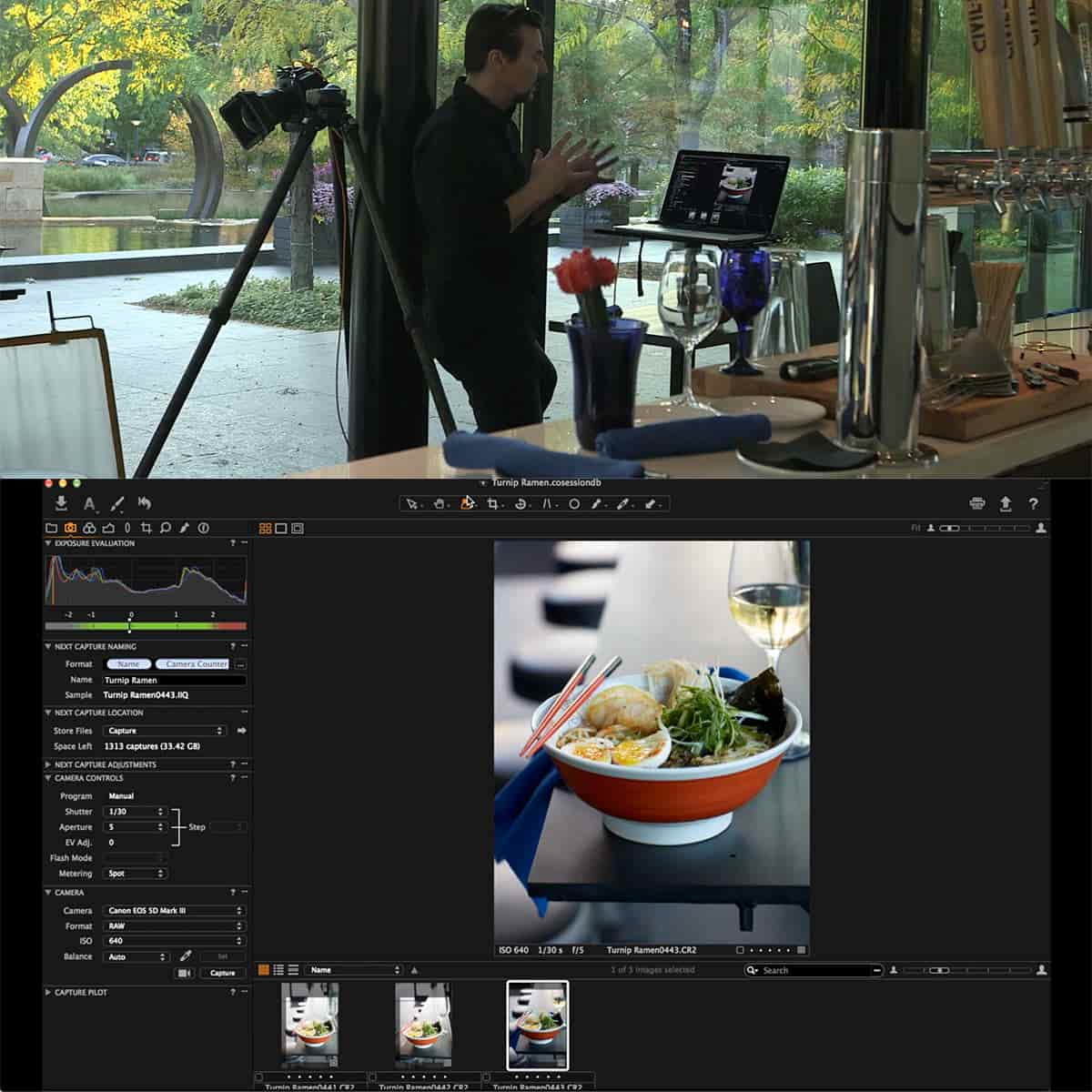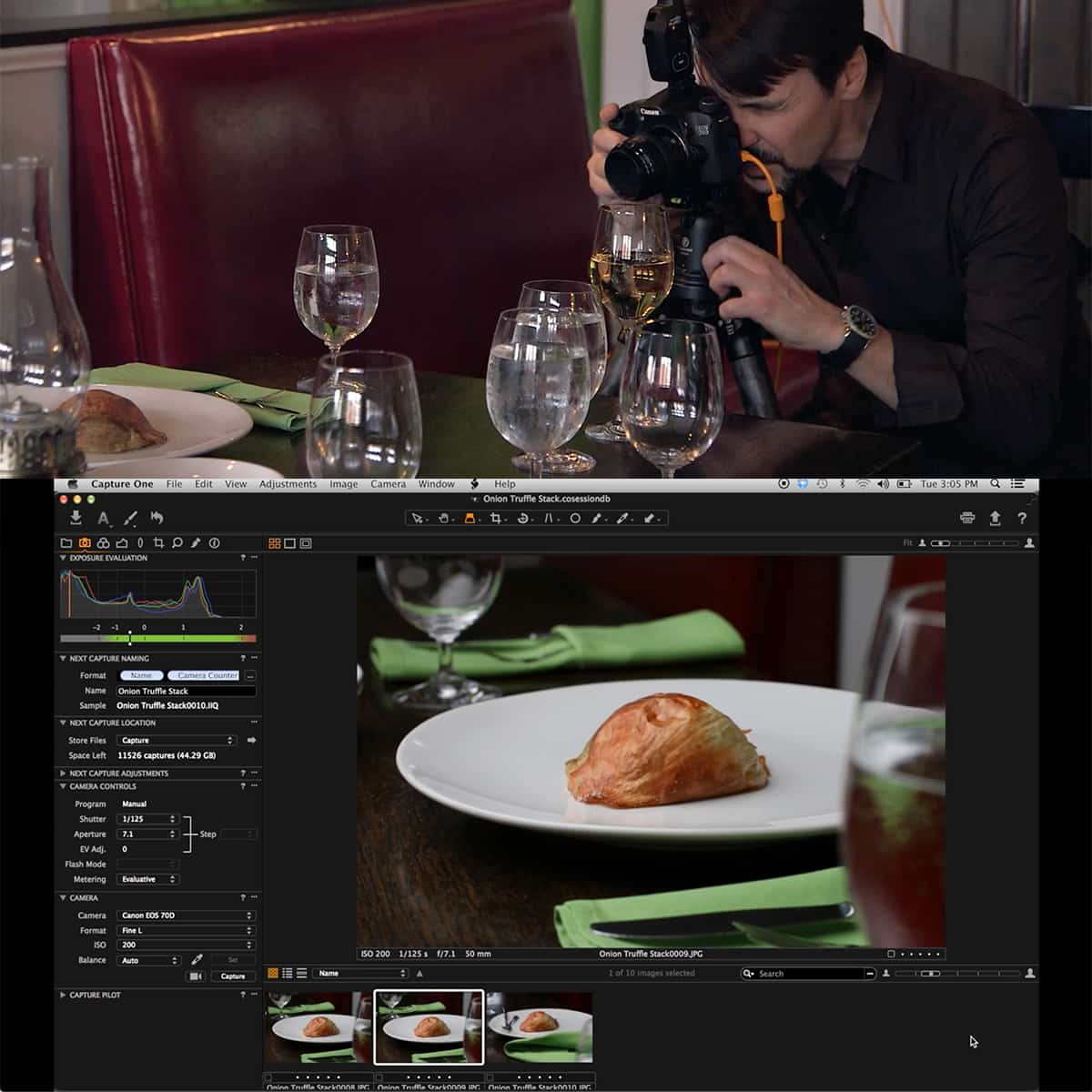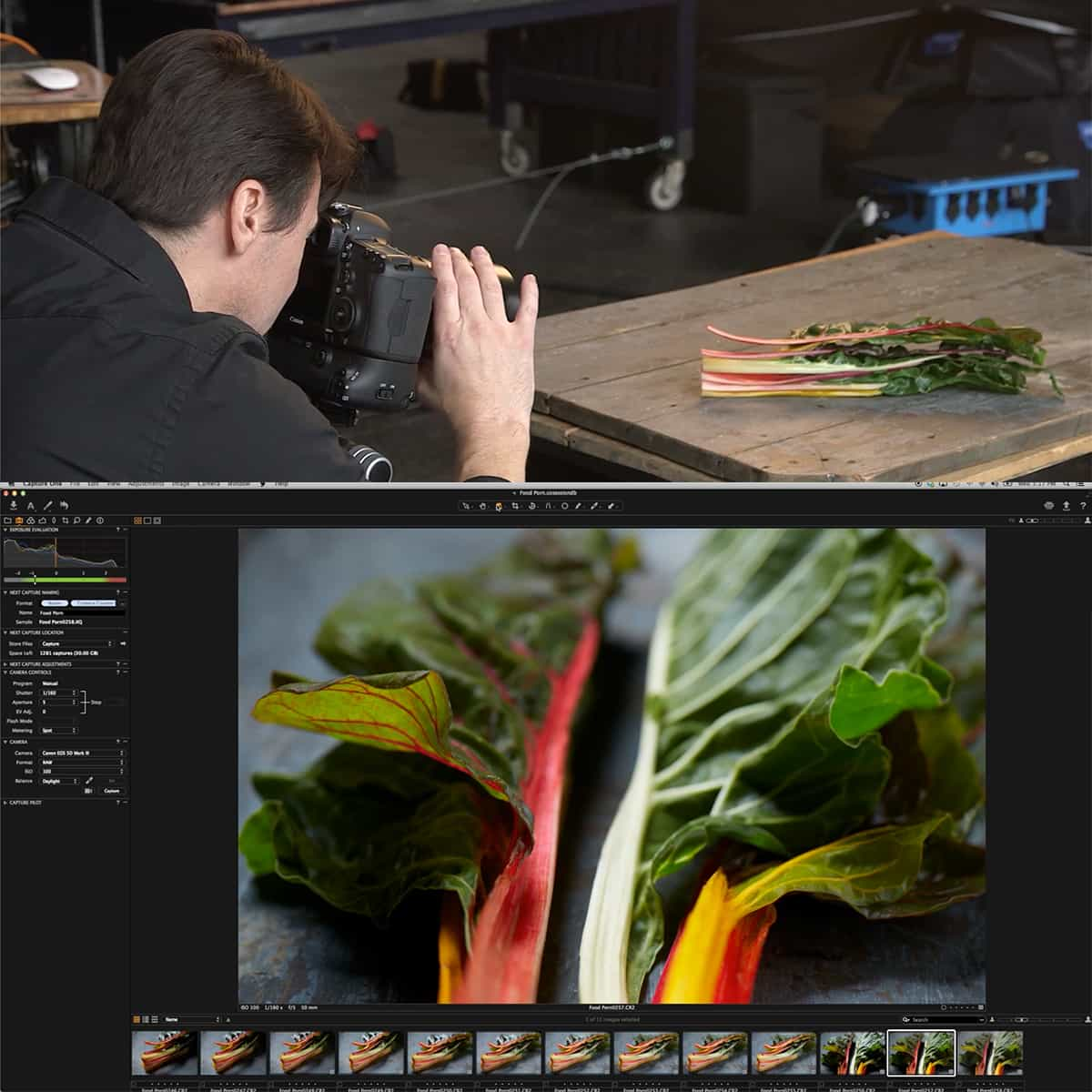Image Sensors Explained: Unveiling the Digital Camera Core
Image sensors are the heart of digital cameras, playing a crucial role in capturing and processing the light that enters a camera and transforming it into a digital image. These essential components have a significant impact on the quality and performance of cameras, with various types and sizes available to cater to different photographic needs and budgets.
In recent years, advancements in image sensor technology have paved the way for photographers to achieve stunning image quality without compromising on portability or convenience. As we delve into the world of image sensors, we will explore how different types and sizes can affect a camera's output and discover the role of pixels in determining image quality.
Key Takeaways
- Image sensors are essential for converting incoming light into digital images in cameras.
- Different sensor sizes and types can impact a camera's performance and image quality.
- Advancements in image sensor technology continue to enhance photographic capabilities.
Understanding Image Sensors
Image sensors are the heart of digital cameras, responsible for capturing light and converting it into an electrical signal that can be processed to create a digital image. There are two main types of image sensors: CCD (Charge-Coupled Device) and CMOS (Complementary Metal Oxide Semiconductor).
CCD sensors have been used in digital cameras for many years and are known for their excellent image quality and low noise levels. Each pixel on a CCD sensor is represented by a capacitive circuit that holds an electrical charge proportional to the amount of light it receives. After capturing the light, the charges are transferred through a series of registers and amplifiers to be converted into digital values.
CMOS sensors, on the other hand, are increasingly popular due to their energy efficiency, faster processing, and lower manufacturing costs. Each pixel on a CMOS sensor includes its own amplification and readout circuits, allowing for faster data output and more parallel processing. This results in a higher frame rate and improved performance in low light conditions.
Both CCD and CMOS sensors can be classified by their chroma type (color or monochromatic) and the shutter type (global or rolling shutter). Additionally, they can be described by the resolution, frame rate, pixel size, and sensor format. Finally, most image sensors are made using silicon as the substrate material, which enables the efficient conversion of light into electrical signals.
When choosing a digital camera, it is important to consider the specific strengths and weaknesses of the image sensor being utilized. While CCDs may excel in overall image quality, CMOS sensors can provide faster performance and greater flexibility in demanding lighting situations. Overall, understanding the underlying technology of digital camera sensors can help you make an informed decision about the optimal camera for your needs.
Sensor Sizes and Types
When it comes to digital cameras, the sensor is the heart of the system. It plays a crucial role in capturing the light coming through the lens and forming an image. There are several sensor sizes and types available in the market, each with its own advantages and disadvantages. In this section, we will present a brief overview of some common sensor sizes and types.
Full-Frame Sensor: Full-frame sensors are the largest commonly used sensors, measuring 36mm x 24mm. They offer the best image quality, low-light performance, and dynamic range. Full-frame sensors are primarily found in high-end DSLRs and mirrorless cameras. With a full-frame sensor, you get a true field of view and incredible details in the captured images.
APS-C Sensor: APS-C sensors are smaller than full-frame sensors, measuring approximately 22.2mm x 14.8mm. Cameras with APS-C sensors are more compact and affordable compared to full-frame cameras, making them a popular choice for amateurs and professionals alike. However, they have a crop factor, which means the effective focal length will be different when compared to a full-frame sensor.
Some other sensor types include:
-
Micro Four Thirds (MFT): This sensor measures around 17.3mm x 13.0mm and is mainly used in compact mirrorless cameras. MFT sensors offer a balance between portability and image quality.
-
1-inch Sensor: Found in high-end compact cameras, these sensors measure 12.8mm x 9.6mm. They provide better image quality than smaller point-and-shoot cameras but are not as large as MFT or APS-C sensors.
In conclusion, there are various sensor sizes and types available in digital cameras today. Understanding the differences amongst them can help you choose the right camera for your needs and budget. Regardless of the type and size, all camera sensors share the common goal of capturing and converting light into digital images for us to cherish.
Camera Brands and Their Sensor Types
When discussing camera sensors, we can look at some of the major camera brands and their respective sensor types. In this section, we'll briefly cover Canon, Nikon, Sony, Fuji, Olympus, Leica, Panasonic, and Samsung.
Canon is known for its full-frame and APS-C-sized sensors. A popular example is the Canon EOS 5D, which features a full-frame CMOS sensor. They also utilize advanced technology like Dual Gain Output (DGO) and Stacked CMOS sensors, providing improved low light performance and faster readout speeds as explained in this article.
Nikon primarily uses CMOS sensors, in both full-frame and APS-C formats. They recently introduced the Z9, which features a revolutionary stacked sensor design focusing on video capabilities, highlighted in this source.
Sony is a market leader in sensor development, manufacturing advanced CMOS sensors for their own cameras and supplying them to other companies. They offer sensors in various sizes, including full-frame, APS-C, and even smaller for compact and smartphone cameras.
Fuji is renowned for its unique X-Trans sensor, a variation of CMOS, found in their interchangeable lens cameras, as explained here. This design aims to deliver better color reproduction and reduce moiré patterns.
Olympus and Panasonic both utilize the Micro Four Thirds system, featuring smaller sensors with a 2x crop factor compared to full-frame. This system allows for compact and lightweight camera bodies and lenses, catering to photographers and videographers prioritizing portability.
Leica, a luxury camera brand, focuses on high-quality materials and craftsmanship. They use larger full-frame sensors in their M series rangefinder cameras and also have a partnership with Panasonic in developing compact and mirrorless cameras with Micro Four Thirds sensors.
Lastly, Samsung, while no longer producing new camera models, was known for its NX series of mirrorless cameras using APS-C sized sensors. They also manufactured and supplied sensors for various industries, including smartphones, before they exited the digital camera market.
The Role of Pixels and Image Quality
In digital photography, the image sensor is the foundation of capturing a high-quality photograph. The sensor is composed of millions of pixels that absorb light particles and transform them into electrical signals. These signals are then processed into an image viewable on a device. As the number of pixels, often measured in megapixels, increase, so does the potential for more detail and higher resolution in the photograph.
Another critical aspect of image quality is dynamic range. This factor represents the ability of a camera sensor to capture a wide range of light intensities from the darkest shadows to the brightest highlights. A larger dynamic range will result in photographs reflecting more natural lighting conditions and stronger color accuracy.
While higher megapixel counts can lead to better image quality, it's essential to also consider the tradeoff of noise. Noise refers to random signals or unwanted visual distortions in a photograph. As pixel density increases, pixels become smaller, and their ability to capture light decreases, sometimes resulting in higher noise levels. Balancing the number of pixels and noise reduction is a critical part of achieving sharp images.
In conclusion, we see that pixels, megapixels, and their properties play a significant role in determining image quality. Factors like dynamic range and noise should also be considered to ensure you capture the best possible photographs with your camera sensor. Armed with this knowledge, you can make informed decisions on choosing a camera that best suits your photography needs.
Advancements in Image Sensor Technology
In the world of digital cameras and smartphones, two common types of image sensors are the CCD (Charge-Coupled Device) sensors and the CMOS (Complementary Metal-Oxide-Semiconductor) sensors. While CCD sensors provide high-quality images with low noise, CMOS sensors have become increasingly popular due to their lower power consumption and faster readout speeds.
In recent years, Back-Side Illumination (BSI) technology has significantly improved image sensor performance. BSI sensors allow for increased light sensitivity and reduced noise, especially in low light conditions. This technology can be found in both digital cameras and smartphones.
Another major innovation is the Stacked CMOS sensor, which offers increased data processing speeds and a smaller overall size. This type of sensor has multiple layers, with the top layer dedicated to pixel sensing and the bottom layer responsible for processing the data. This design allows for faster readout and improved performance in high-speed photography situations.
Advancements in autofocus technology have also played a crucial role in the evolution of image sensors. Modern cameras and smartphones now use advanced algorithms and technologies such as phase-detection and contrast-detection autofocus to quickly and accurately focus on subjects. As a result, capturing sharp images is easier and more efficient than ever before.
In summary, image sensor technology has come a long way in recent years, with advancements like BSI, Stacked CMOS sensors, and improved autofocus systems making digital cameras and smartphones more capable and versatile than ever before. We are excited to see what the future holds for this essential component of modern photography.
Image Processing: Bayer Filters and Demosaicing
In modern digital cameras, we find an important color reproduction element known as the Bayer filter. Named after its inventor Bryce Bayer, this microfilter overlay allows photosensors, which usually only record light intensity, to record light wavelength as well. The Bayer filter is actually a color filter array (CFA), and it is the most common type employed in digital cameras today.
The Bayer filter works by utilizing a Bayer pattern, which consists of red, green, and blue (often abbreviated as RGB) color filters. The arrangement of these color filters is: 50% green, 25% red, and 25% blue. This replicates the sensitivity of the human eye, which is more sensitive to green light. The pattern helps the image processor gather color information for each pixel in the sensor, but it results in an incomplete color representation.
To reconstruct a full-color image from the incomplete information gathered by the Bayer filter, a process called demosaicing is used. Demosaicing reconstructs the full color image based on the Bayer pattern's measurements of red, green, and blue light at each pixel. By estimating missing color information and considering the data from neighboring pixels, demosaicing algorithms produce a high-quality color image.
Although the Bayer filter has been widely adopted, it's crucial to understand that image quality depends on both the sensor and the image processor. A robust demosaicing algorithm and an efficient image processor can help enhance the final image. While there might be some challenges involved, such as noise reduction and accurate color reproduction, the combination of Bayer filters and demosaicing has been proven to deliver great results in digital imaging.
Frequently Asked Questions
What is the role of image sensors in digital cameras?
Image sensors are the heart of digital cameras, responsible for capturing light and converting it into electronic signals to form a digital image. They play a crucial role in determining the overall image quality and resolution. Digital camera sensors vary in size and type, with each providing unique advantages and drawbacks.
How do different types of image sensors affect image quality?
There are various types of image sensors, with the most common being CCD (Charge Coupled Device) and CMOS (Complementary Metal-Oxide-Semiconductor). CCD and CMOS sensors work differently in how they capture and process light, resulting in differences in image quality, such as color reproduction, noise, and dynamic range.
How does bit depth influence the dynamic range?
Bit depth refers to the amount of color and tonal information captured by an image sensor. A higher bit depth allows for a greater dynamic range, capturing more details in both shadows and highlights. This results in smoother color gradients and improved overall image quality.
What is the relationship between sensor size and image quality?
Sensor size plays a significant role in determining image quality. Larger sensors typically capture more light and offer higher resolutions than smaller ones. This leads to improved image quality with less noise and better dynamic range. However, larger sensors may require more expensive lenses and can result in larger camera bodies. Sensor size and image quality are important factors to consider when choosing a digital camera.
How does a digital camera's sensor impact image processing?
A digital camera's sensor can affect the image processing capabilities of the camera. For example, some sensors incorporate advanced technologies that enable faster processing or provide better low-light performance. Additionally, the choice of a CMOS or CCD sensor can influence the camera's image processing speed and power consumption.
Do focusing screens contribute to image sensor performance?
Focusing screens are separate optical components in a camera's viewfinder system that aid in precise manual focusing. While they don't directly impact the performance of image sensors, they can play a role in ensuring accurate focus, which ultimately affects the sharpness and quality of the final image. However, with modern autofocus systems, the significance of focusing screens has diminished.































